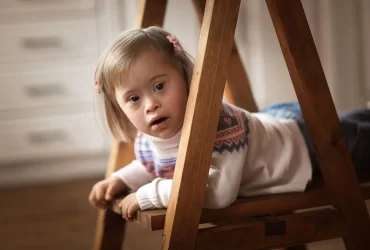Child-focused screening for MEB problems should start at age 6 months and continue at 12-, 24-, and 36-month health supervision visits
Positive correlations seen for depression, anxiety, posttraumatic stress disorder, among other conditions
Many report navigating the screening process without sufficient information or emotional support
Moderate level of helping, both formal volunteering and informal helping, consistently linked to robust cognitive benefits
Findings show these boarding experiences lasted more than two days for Medicaid-enrolled youths in 2022
Female students have higher rates of anxiety, depression than male students, regardless of autism status
Authors say findings support addressing smoking cessation during substance use treatment
Low adverse childhood experiences and high positive childhood experiences together reduced disordered eating by 20 to 41 percent
Weak correlation between change in cognitive impairment and change in work productivity loss











